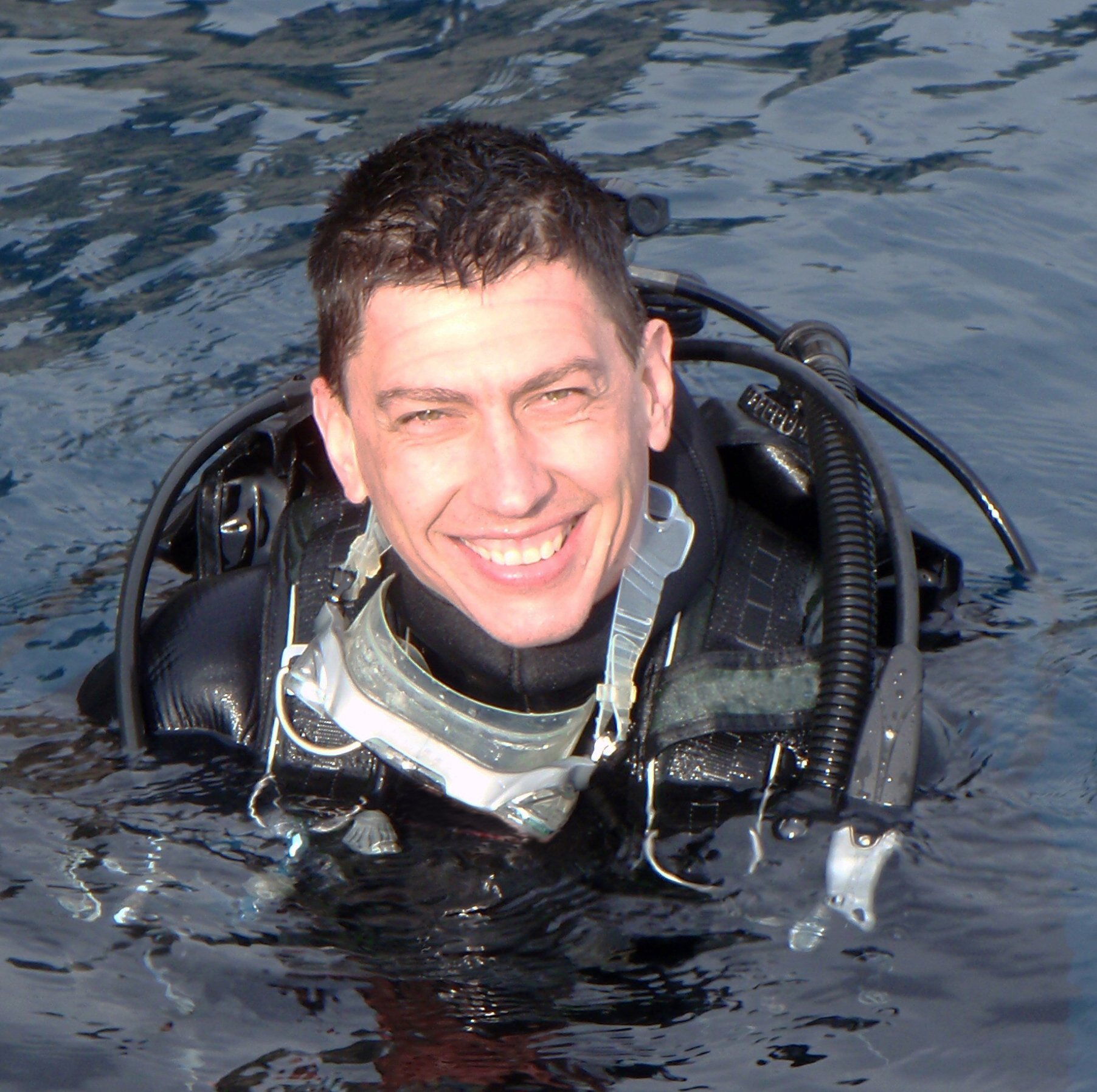Biodiversity of the Ross Sea Region Marine Protected Area (Antarctica)
A special issue of Diversity (ISSN 1424-2818). This special issue belongs to the section "Marine Diversity".
Deadline for manuscript submissions: closed (31 March 2022) | Viewed by 29047
Special Issue Editors
Interests: biodiversity; zoology; marine ecology; polar sciences
Special Issues, Collections and Topics in MDPI journals
2. Dipartimento di Scienze Fisiche, della Terra e dell'Ambiente, Università di Siena, Via Mattioli 4, Siena, Italy
Interests: ecology of Antarctic penguins; CCAMLR delegate
Interests: fishery biology and management; life history traits; Antarctic fish fauna
Special Issues, Collections and Topics in MDPI journals
Special Issue Information
Dear Colleagues,
In 2016, after an intense period of political negotiation that lasted for four years, the Commission for the Conservation of Antarctic Marine Living Resources (CCAMLR) adopted, by consensus, the world’s largest Marine Protected Area in the Ross Sea, accounting for 1.55 million Km2 (https://www.ccamlr.org/measure-91-05-2016).
This area now represents a priority area for conserving marine biodiversity and will remain in force for 35 years. Several priority elements for scientific research and monitoring associated with the Ross Sea Region Marine Protected Area have to focus specifically on surveys or censuses to estimate the distribution and abundance of marine mammals, seabirds, fishes, and invertebrates, and on the dynamics of phyto and zooplankton.
With this Special Issue of Diversity, we would like to promote the publication of results obtained in the framework of national and international collaborations focusing on this area and on all aspects of marine biodiversity, from molecules, genes and populations, and scaling up, to species and communities. Contributions do not have to specifically refer to the boundaries of the Marine Protected Area, as long as they fall into the Ross Sea region. All groups of organisms will also be considered, not only keystone species, with the aim of also embracing rare or small-sized taxa. These data will represent important baseline knowledge, building on the always-growing body of information assembled during the International Polar Year (IPY) and in the framework of the Census of Antarctic Marine Life (CAML), and will help in understanding and protecting the last pristine ocean ecosystem on earth.
Dr. Schiaparelli Stefano
Dr. Silvia Olmastroni
Dr. Mario La Mesa
Guest Editors
Manuscript Submission Information
Manuscripts should be submitted online at www.mdpi.com by registering and logging in to this website. Once you are registered, click here to go to the submission form. Manuscripts can be submitted until the deadline. All submissions that pass pre-check are peer-reviewed. Accepted papers will be published continuously in the journal (as soon as accepted) and will be listed together on the special issue website. Research articles, review articles as well as short communications are invited. For planned papers, a title and short abstract (about 100 words) can be sent to the Editorial Office for announcement on this website.
Submitted manuscripts should not have been published previously, nor be under consideration for publication elsewhere (except conference proceedings papers). All manuscripts are thoroughly refereed through a single-blind peer-review process. A guide for authors and other relevant information for submission of manuscripts is available on the Instructions for Authors page. Diversity is an international peer-reviewed open access monthly journal published by MDPI.
Please visit the Instructions for Authors page before submitting a manuscript. The Article Processing Charge (APC) for publication in this open access journal is 2600 CHF (Swiss Francs). Submitted papers should be well formatted and use good English. Authors may use MDPI's English editing service prior to publication or during author revisions.







